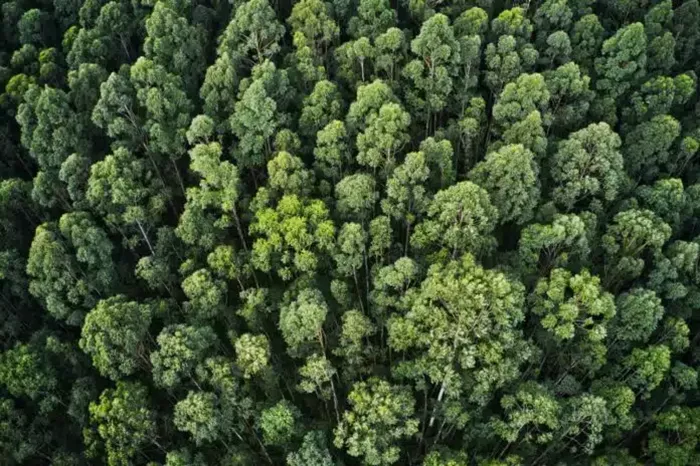Plants’ Defensive Signals Extend Beyond Immediate Contact.
In a recent study from the University of Eastern Finland, researchers explored how plants continue to communicate and defend themselves even after their defensive chemicals undergo transformation. Plants release volatile organic compounds (VOCs) into the air in response to herbivore damage. These VOCs play a crucial role in plant interactions, allowing undamaged plants to detect and prepare for potential threats from neighboring plants that have been harmed.
The study focused on how these VOCs transition into secondary organic aerosols (SOAs) through chemical reactions. Researchers sought to determine whether the ecological functions of VOCs persist once they become SOAs.
The findings reveal that when large pine weevils attack Scots pine seedlings, the emitted VOCs not only help the damaged plants but also provide defensive benefits to nearby plants of the same species. Remarkably, this defensive effect continues even after the VOCs transform into SOAs. The study highlights that the properties and concentrations of SOAs are crucial to their biological impact.
This suggests that plant-derived SOAs can mediate interactions between plants over longer distances.
Professor James Blande, head of the Environmental Ecology Research Group, noted, “A key finding of this study is that plants respond differently to signals as VOCs versus SOAs, though their resistance to herbivores remains similar. This indicates that plants may have advanced systems for detecting and responding to various chemical signals.”
Professor Annele Virtanen, head of the Aerosol Physics Research Group, added, “Given the rate at which SOAs form from VOCs, their longer atmospheric lifetime, and their transport over distances, it’s likely that SOAs facilitate plant interactions over greater distances compared to VOCs. This could mean that plants are capable of sensing both immediate and distant threats from herbivores.”


